Preview |
PDF (Original Article)
- Requires a PDF viewer such as GSview, Xpdf or Adobe Acrobat Reader
1MB |
Preview |
PDF (Supplemental Material)
- Requires a PDF viewer such as GSview, Xpdf or Adobe Acrobat Reader
414kB |
| Item Type: | Article |
|---|---|
| Title: | Real-world multicentre cohort study on choices and effectiveness of immunotherapies in NMOSD and MOGAD |
| Creators Name: | Häußler, V., Trebst, C., Engels, D., Pellkofer, H., Havla, J., Duchow, A., Schindler, P., Schwake, C., Pakeerathan, T., Fischer, K., Ringelstein, M., Lindenblatt, G., Hümmert, M.W., Tkachenko, D., Bütow, F., Giglhuber, K., Flaskamp, M., Schiffmann, I., Korporal-Kuhnke, M., Jarius, S., Dawin, E., Revie, L., Senel, M., Herfurth, M., Walter, A., Pompsch, M., Kleiter, I., Angstwurm, K., Kaste, M., Grothe, M., Wickel, J., Rommer, P.S., Sieb, J.P., Krämer, M., Then Bergh, F., Tumani, H., Klotz, L., Wildemann, B., Aktas, O., Ayzenberg, I., Bellmann-Strobl, J., Paul, F., Kümpfel, T., Friede, T., Berthele, A. and Stellmann, J.P. |
| Abstract: | BACKGROUND: Recurrent attacks in neuromyelitis optica spectrum disorders (NMOSDs) or myelin oligodendrocyte glycoprotein antibody-associated disease (MOGAD) can lead to severe disability. We aimed to analyse the real-world use of immunotherapies in patients with NMOSD and MOGAD, focusing on changes in treatment strategies, effects on attack rates (ARR) and risk factors for attacks. METHODS: This longitudinal registry-based cohort study included 493 patients (320 with aquaporin-4 immunoglobulin G (AQP4-IgG) seropositive NMOSD (65%), 44 with AQP4-IgG seronegative NMOSD (9%) and 129 MOGAD (26%)) with 1247 treatments from 19 German and one Austrian centre from the registry of the neuromyelitis optica study group (NEMOS). We analysed unadjusted ARR and implemented survival analyses and Cox proportional hazard regression to assess efficiency and risk factors for subsequent attacks over time. RESULTS: Rituximab and azathioprine are the most widely used immunotherapies in NMOSD as well as in MOGAD, with changes in distribution over the last decade. Immunotherapy demonstrated significant therapeutic effects in NMOSD but less pronounced effects in MOGAD. Risk factors for attacks included younger age and prior attacks under the same therapy. Efficacy varied among the different immunotherapies, with azathioprine, rituximab and eculizumab showing significant risk reductions in AQP4-IgG seropositive NMOSD. CONCLUSIONS: This study provides insights into the evolving treatment landscape and effectiveness of immunotherapies in NMOSD and MOGAD. Established off-label therapies continue to play an important role, especially for patients with stable disease, with emerging evidence supporting newly approved therapies. Future studies are needed to refine treatment algorithms and address the ongoing uncertainties in MOGAD management. |
| Keywords: | Aquaporin 4, Autoantibodies, Azathioprine, Cohort Studies, Humanized Monoclonal Antibodies, Immunologic Factors, Immunosuppressive Agents, Immunotherapy, Longitudinal Studies, Myelin Oligodendrocyte Glycoprotein Antibody-Associated Disease, Myelin-Oligodendrocyte Glycoprotein, Neuromyelitis Optica, Registries, Risk Factors, Rituximab, Treatment Outcome |
| Source: | Journal of Neurology Neurosurgery and Psychiatry |
| ISSN: | 0022-3050 |
| Publisher: | BMJ Publishing Group |
| Volume: | 96 |
| Number: | 6 |
| Page Range: | 582-592 |
| Date: | June 2025 |
| Official Publication: | https://doi.org/10.1136/jnnp-2024-334764 |
| PubMed: | View item in PubMed |
Repository Staff Only: item control page

 Tools
Tools Tools
Tools

